Home decor can do more than make a room look pretty—it can change how big it feels. With a few thoughtful choices, you can make tight quarters look open, airy, and calm without knocking down a single wall. The secret lies in guiding the eye, choosing materials that bounce light, and editing your layout so every inch works harder. Whether you’re styling a studio apartment or a compact bedroom, you’ll find practical techniques here to expand your space visually and emotionally.
—
The psychology of spaciousness: why some rooms feel bigger
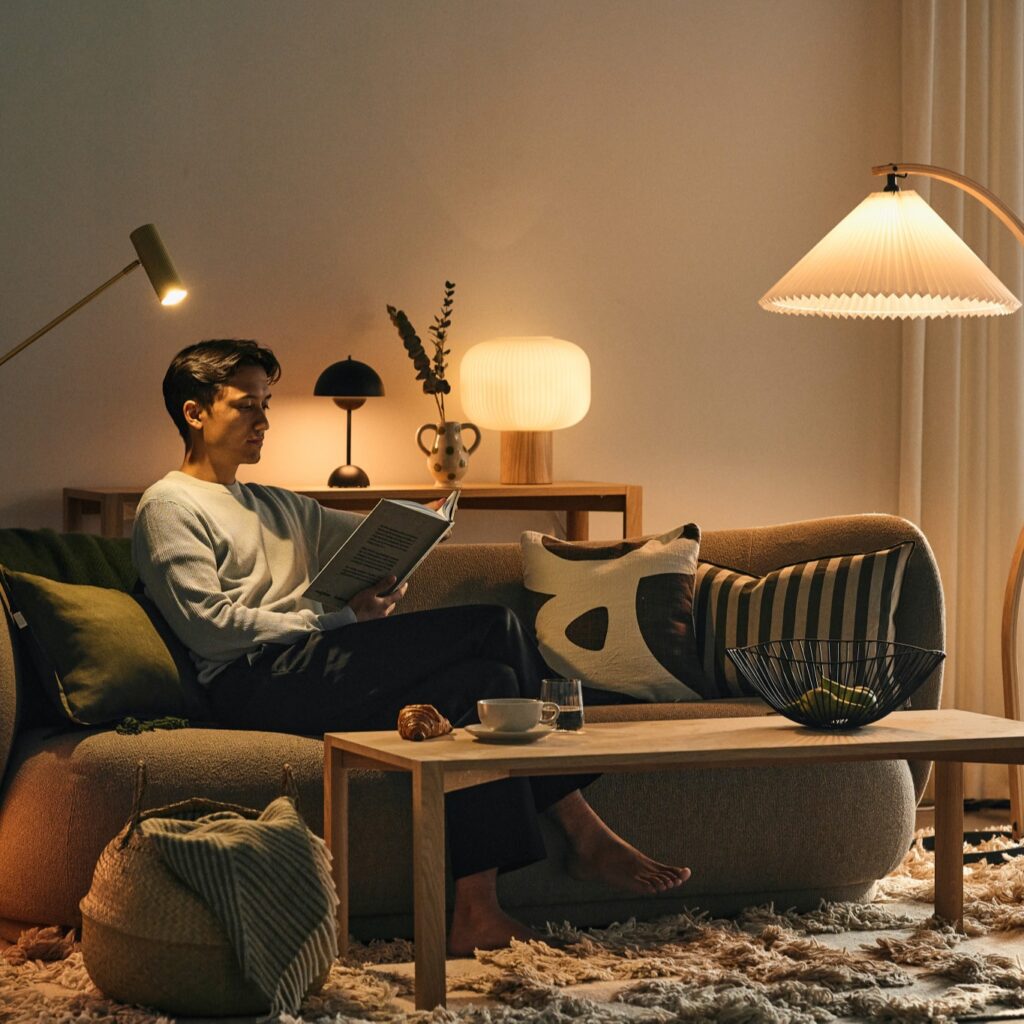
Perception plays a massive role in how we experience a room. A few principles underpin the sense of spaciousness:
- Continuity: When your eyes can travel without interruption—across floors, along sightlines, up vertical lines—the brain reads **“more space.”**
- Balance: Light and dark elements in proportion create depth without feeling heavy.
- Negative space: Empty areas around furniture and decor make the room feel generous rather than crammed.
- Scale: Objects that are too large or too numerous shrink a space; pieces that fit the room’s proportions make it feel calmer and larger.
Keep these in mind as you layer choices; each one either preserves or disrupts the illusion of openness.
—
Small-space home decor tactics that make a big impact

The following strategies deliver outsized results with minimal effort or cost, and they’re easy to adapt to your style.
—
Use color to expand sightlines
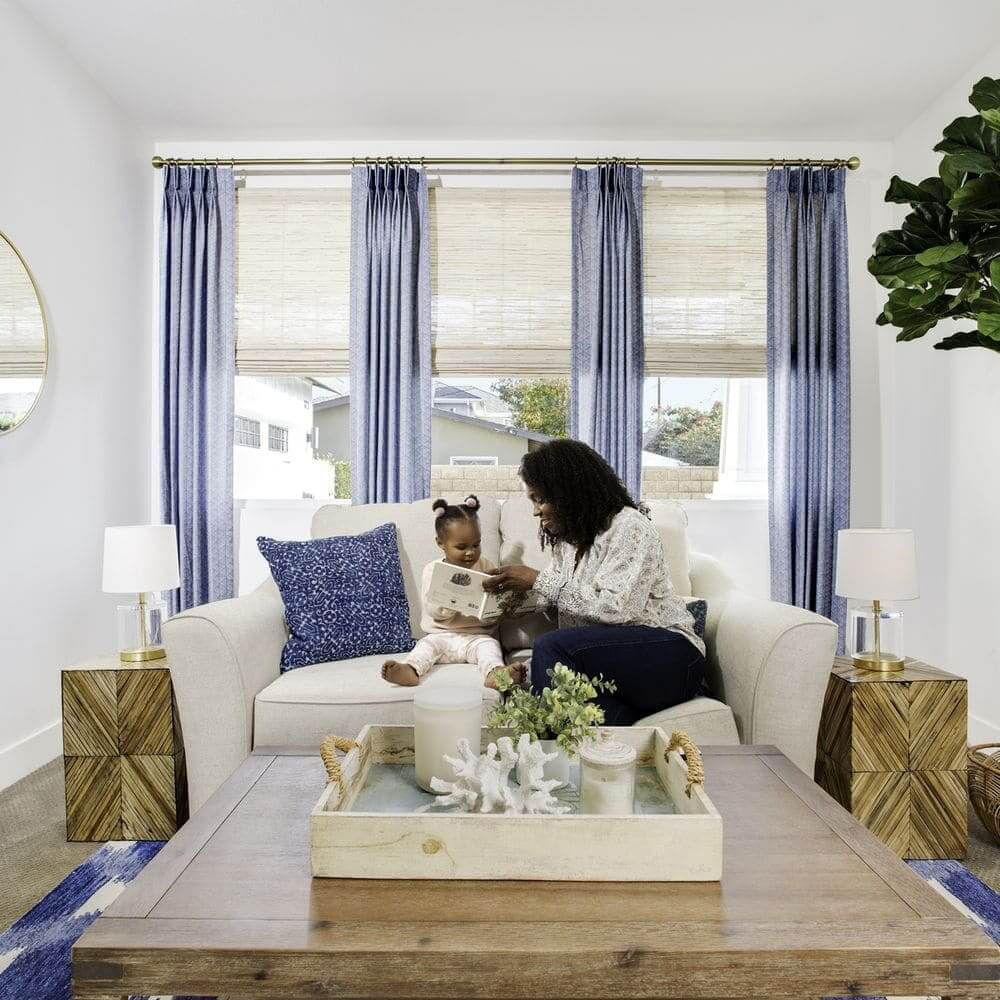
Color influences light and depth more than any other element:
- Favor lighter, low-saturation hues: Pale neutrals (soft white, warm beige, greige, misty sage, powder blue) reflect more light, making walls recede.
- Mind **LRV (Light Reflectance Value)**: Paints with an LRV of 60–85 help bounce light without glaring. Higher isn’t always better; ultra-bright whites can read sterile in low light.
- Go near-monochrome: Keep walls, trim, and large furnishings in similar color families. Minimal contrast means fewer visual “stops,” so the eye glides uninterrupted.
- Strategic contrast: Introduce darker tones in narrow bands—baseboards, a slim picture rail, a single accent chair—to add depth without crowding.
- Ceilings: Paint ceilings the same color as walls or one shade lighter. This blurs the line where walls meet ceiling, adding perceived height.
Pro tip: Warm whites flatter most spaces, especially those with limited natural light. If your room faces north, avoid cool whites that can look blue or dingy.
—
Layer lighting like a designer

Lighting isn’t just about brightness; it’s about dimension:
- Mix three layers:
- Ambient: Even, overall light. Ceiling fixtures, muted LEDs, or cove lighting.
- Task: Focused light for reading, cooking, or working. Sconces, desk lamps, under-cabinet strips.
- Accent: Highlights that pull the eye outward. Picture lights, uplights behind plants, shelf lighting.
- Ditch bulky shades: Opt for slim profiles, clear or frosted glass, and uplights that wash walls.
- Bounce light: Place lamps near walls or mirrors to expand glow and create softness.
- Use dimmers: Adjustable light levels let you tweak mood and depth throughout the day.
If you have only one overhead fixture, add plug-in sconces or LED strips; they’re renter-friendly and instantly add depth.
—
Embrace mirrors and reflective surfaces

Mirrors double light and extend views:
- Largest mirror possible: A tall, full-length mirror behind a door or near a window stretches the room. Leaning mirrors add a relaxed, modern vibe.
- Opposite windows: Position mirrors to reflect outdoor scenery, increasing brightness and view.
- Reflect beyond mirrors: Add metallic accents (brushed brass, chrome), glossy tiles, or satin paint on trim to bounce light subtly.
Avoid mirrors that reflect cluttered zones; they’ll amplify visual noise.
—
Choose furniture that breathes
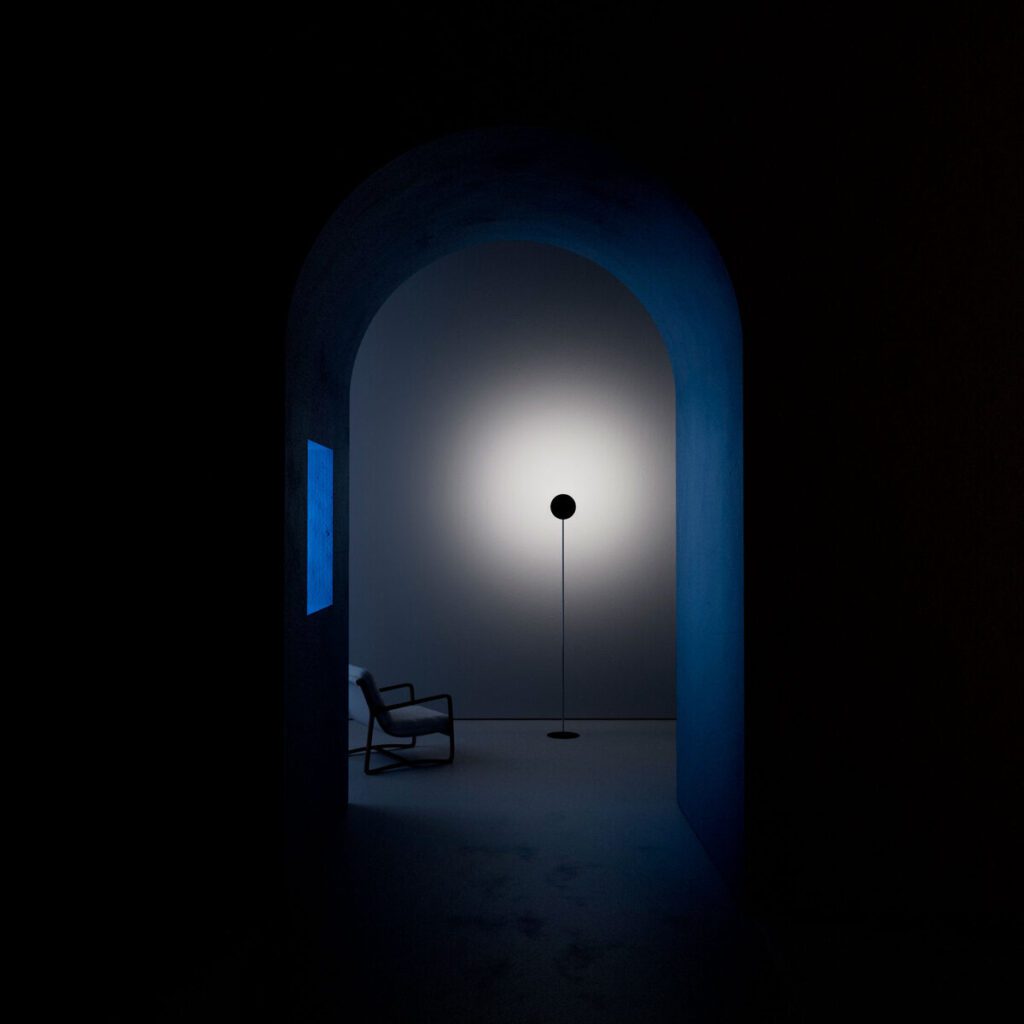
Furniture style and structure affect airiness:
- Go leggy: Furniture with visible legs lifts pieces off the floor, showing more ground and increasing perceived space.
- Right-sized pieces: One appropriately sized sofa beats multiple small chairs that create clutter. Measure walkways: aim for 30–36 inches in main paths, 18–24 inches in tighter zones.
- Low-profile silhouettes: Lower backs and slim arms reveal more wall and window area.
- Glass and acrylic: Transparent coffee tables or shelves hold function without visual bulk.
- Wall-mount when possible: Floating consoles, vanities, and shelves expose floor area, which tricks the eye into seeing more square footage.
—
Simplify the layout with clear sightlines
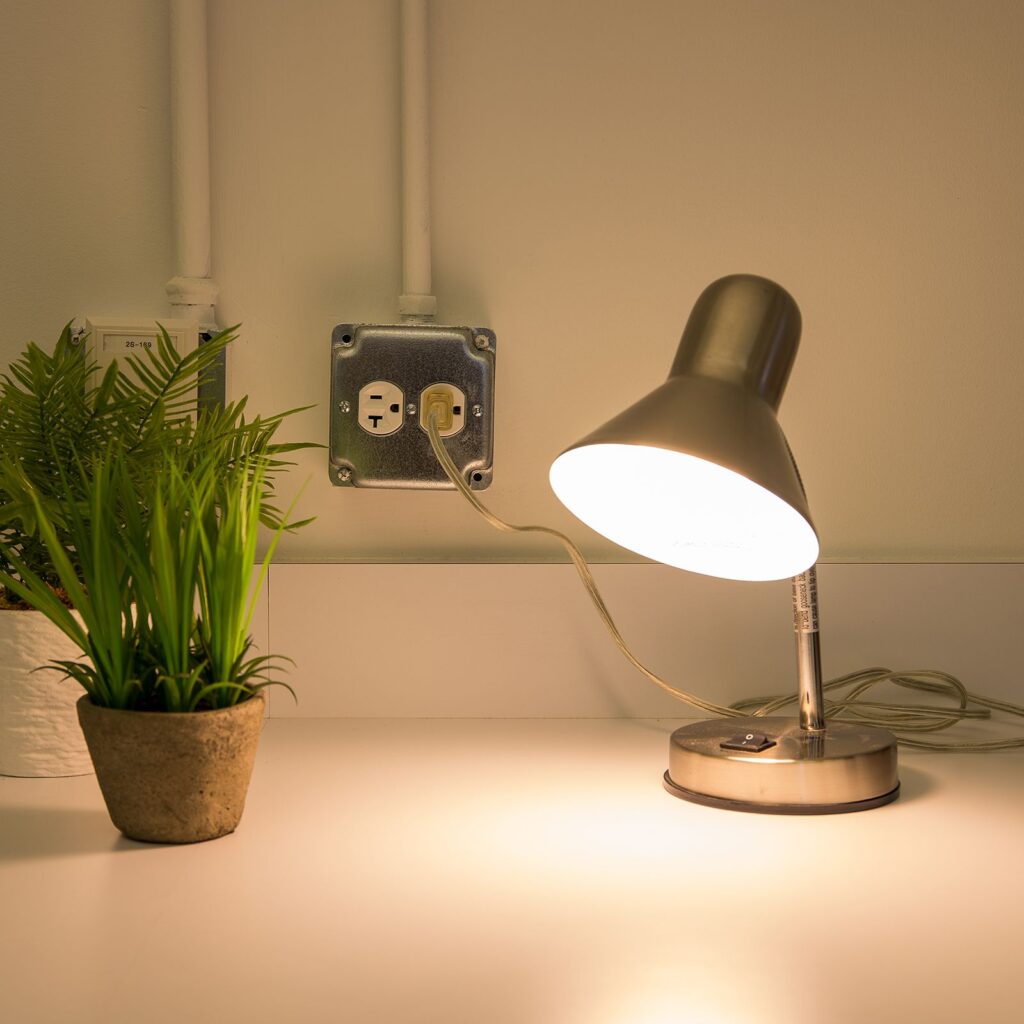
Your arrangement matters as much as what you buy:
- Keep a focal point: A fireplace, picture window, or artwork anchors the room. Arrange seating to face it, not the TV alone.
- Create lanes: Don’t let a sofa block the natural path across the room. Try angling or choosing a loveseat if needed.
- Float furniture: Pull seating off the walls by a few inches. It can seem counterintuitive, but a bit of breathing room often makes the perimeter feel longer.
- Use fewer, larger pieces: Multiple tiny tables and stools read busy. One strong coffee table and a single side table can feel calmer and larger.
—
Harness vertical lines for height

Direct the eye upward to **“grow” the room**:
- Tall curtains: Mount curtain rods 6–12 inches above the window frame and extend them 6–10 inches beyond the sides. **Floor-to-ceiling panels elongate walls.**
- Vertical patterns: Pinstripes, board-and-batten, or narrow bookcases draw the gaze up.
- Picture stacks: Hang art in a vertical series rather than a wide collage in narrow rooms.
- Crown molding: Slim profiles create a crisp upper boundary without heaviness.
—
Let windows do the heavy lifting

Window treatments can either smother or stretch a space:
- Keep it light: Sheers or light-filtering fabrics maximize daylight while softening glare.
- Avoid heavy valances: They lower the visual ceiling. If you need blackout, choose layered treatments—sheer panels with hidden roller shades.
- Frame the view: Extend rods so curtains open fully beyond the window, making the opening appear wider.
For privacy on street-level windows, try **top-down cellular shades**; they protect privacy while admitting sky light.
—
Continue the floor for a seamless base
Your floor is the largest uninterrupted surface—make it work for you:
- Single flooring type: Continue the same material across rooms when possible. **Consistency equals spaciousness.**
- Large-scale rugs: One big rug that sits under front legs of furniture anchors the area without chopping it up.
- Directional lines: Lay planks or rugs so lines run along the longest dimension of the room.
If replacing flooring isn’t an option, choose rugs in colors close to the existing floor to reduce contrast.
—
Declutter with intention, not austerity
Minimalism doesn’t mean empty; it means edited:
- Clear surfaces: Keep **20–30 percent of tabletop and shelving space empty** so the eye can rest.
- Corral small items: Use trays and lidded boxes; the brain sees one object, not many.
- Rotate decor: Store half, display half. Seasonal swaps keep things fresh without adding visual weight.
When in doubt, remove one item from each surface and step back. The room will almost always look larger.
—
Storage that disappears into the background
Smart storage preserves the illusion of openness:
- Built-ins and wall-color matches: Cabinets or shelves painted the same color as walls recede.
- Floor-to-ceiling solutions: Tall units maximize storage without widening the footprint.
- Multifunction furniture: Ottomans with storage, beds with drawers, benches with lift-up seats.
- Hidden hardware: Push-to-open doors or slim pulls keep lines clean.
Tip: Add interior lighting in deep cabinets; lit niches feel more expansive than dark voids.
—
Patterns, texture, and art that amplify space
You don’t have to skip personality to keep a room light:
- Scale patterns wisely: Medium to large motifs read calmer than many small ones. Think broad herringbone, wide cabana stripes, oversize botanicals sparingly applied.
- Texture over clutter: Nubby textiles, linen, wood grain, and boucle add depth without adding objects.
- Art placement: One larger piece over the sofa beats a dense gallery in a small room. If you love a gallery wall, keep frames thin and mat colors consistent.
—
The power of color continuity in furnishings
Match large furnishings to wall tones:
- Tone-on-tone sofas, sideboards, and bookcases blend into the backdrop, visually “disappearing.”
- Accent with smaller items: Pillows, throws, and a single bold chair add personality without dominating.
This approach is especially effective in studios, where distinct pieces can quickly break the room into cluttered zones.
—
Kitchen and bath tweaks for more visual room
These spaces benefit from a few specific upgrades:
- Glossy backsplashes: Light-reflecting tiles brighten and expand.
- Open shelves sparingly: One or two open sections lighten upper cabinets; keep contents minimal for cleanliness and spaciousness.
- Glass shower panels: Clear glass extends sightlines compared to opaque curtains.
- Under-cabinet lighting: Eliminates shadows and makes counters feel larger.
—
Quick wins you can do today
If you want results this weekend, try these:
- Raise curtain rods and swap to longer panels.
- Add a large mirror opposite a window or bright lamp.
- Declutter surfaces and corral items into baskets or trays.
- Reorient furniture to open a clear path from entry to window.
- Replace a bulky coffee table with a glass or leggy alternative.
- Add two to three uplights behind plants or in corners to wash walls with light.
—
What to avoid if you want rooms to feel larger
A few common missteps can undo your good work:
- Heavy, dark drapes that pool on the floor in small rooms.
- Tiny rugs that float under the coffee table and leave furniture legs off.
- Overstuffed sectionals in narrow living rooms.
- Too many small decorative items on open shelves.
- High-contrast, chopped color schemes from wall to wall and between rooms.
- Low-hanging ceiling fixtures that sit in the center of a small room without dimmers.
—
Bringing it all together with a simple plan
To make any compact room feel bigger, follow this sequence:
- Edit: Remove one piece of furniture and 30 percent of tabletop items.
- Unify: Choose a light, warm base color and carry it across walls, trim, and large furnishings.
- Brighten: Add layered lighting with at least one uplight and one task light.
- Expand: Install a large mirror and raise window treatments to near-ceiling height.
- Float: Pull furniture slightly off walls and ensure clear pathways.
- Ground: Use one generous rug and keep floor tone consistent if possible.
- Accentuate: Add vertical elements—tall plants, bookcases, or striped textiles.
Repeat in each space, adjusting for function and personality.
—
home decor that reflects you—and more light
At its best, home decor doesn’t hide who you are; it frames it. The same choices that make a room feel restful and open also make your belongings easier to appreciate. A leggy sofa shows off a beautiful rug. A single oversized painting becomes a striking statement instead of one more item in a crowded room. Sheer drapery turns daylight into a design feature.
Start with light, continuity, and clarity. Let mirrors, vertical lines, and smart storage do the heavy lifting. Then add your textures, your art, and your color accents—carefully edited so the eye can roam. The result is a home that feels larger, brighter, and effortlessly welcoming, no matter the square footage.


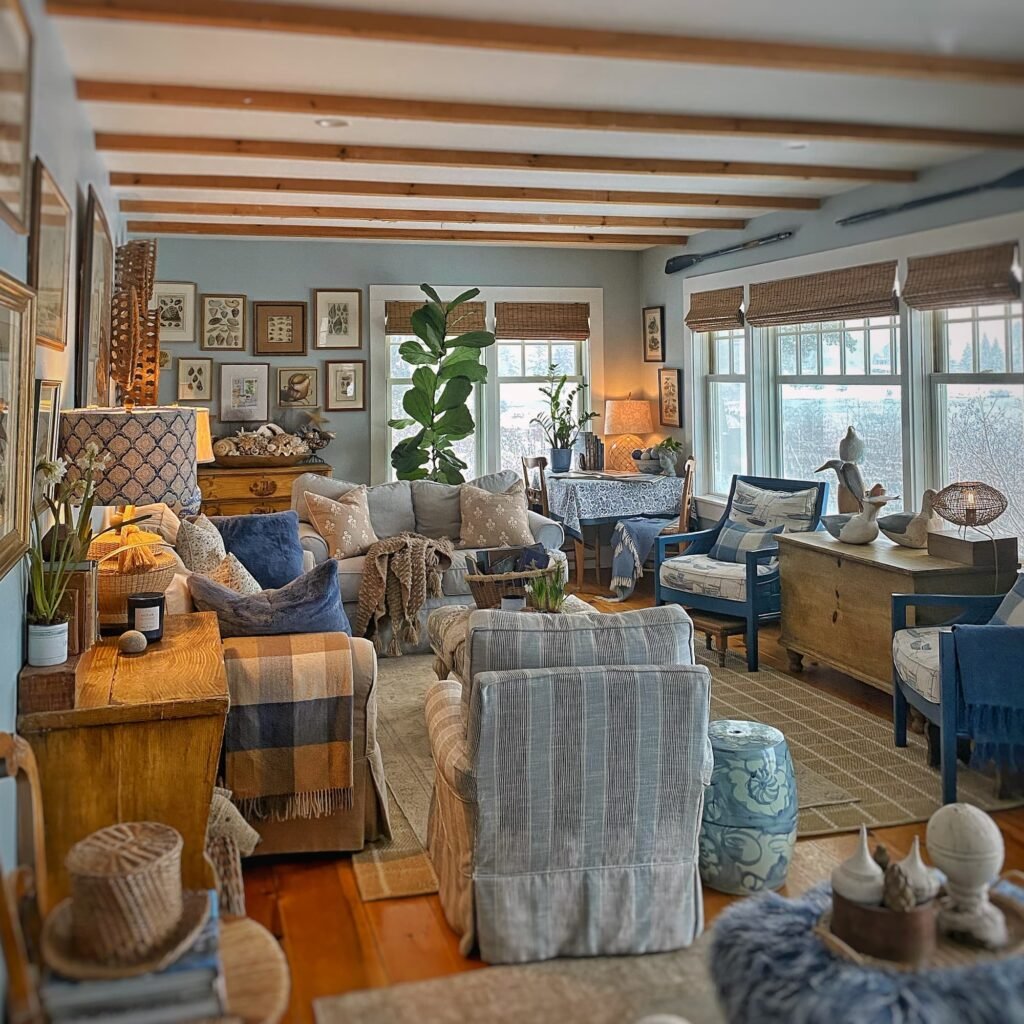
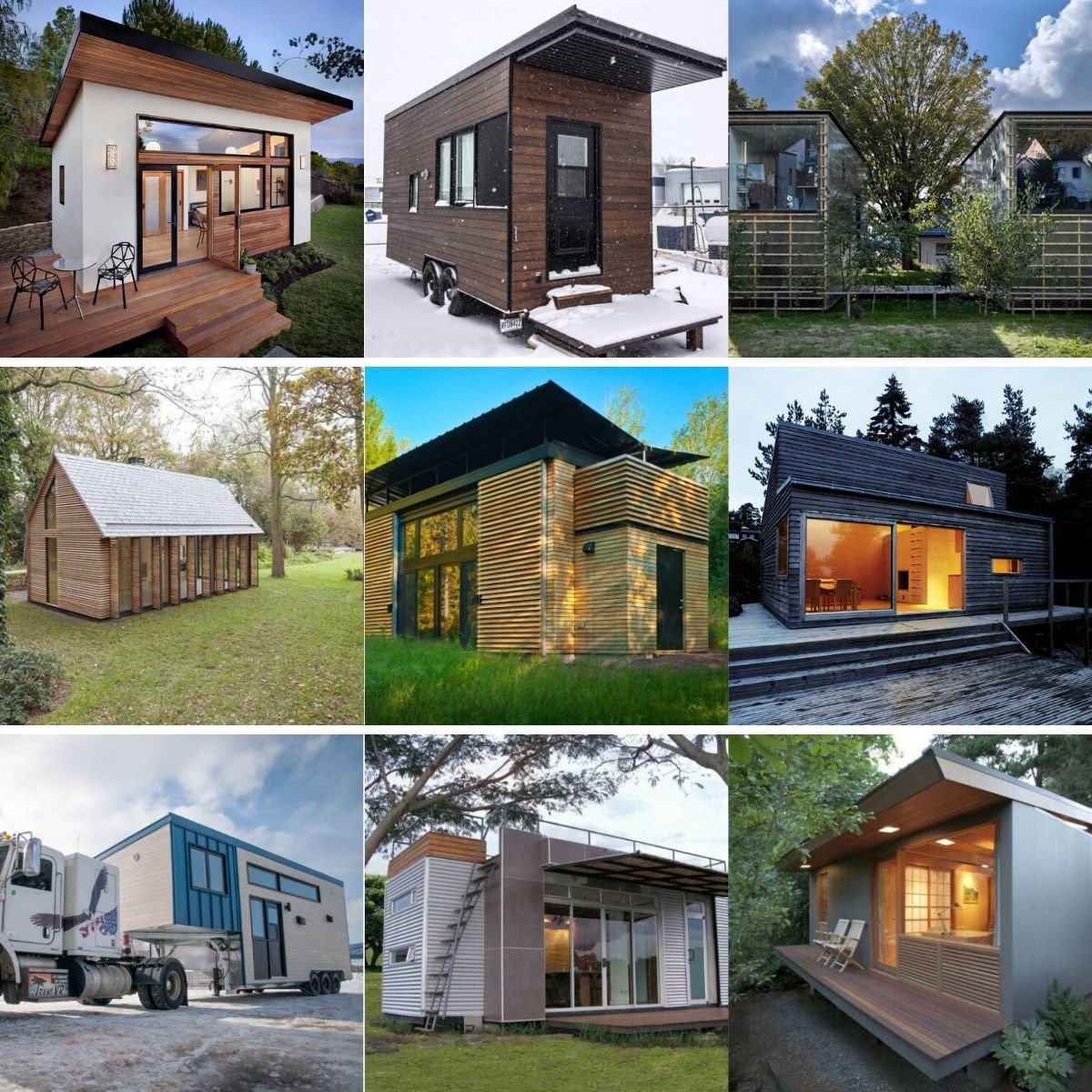
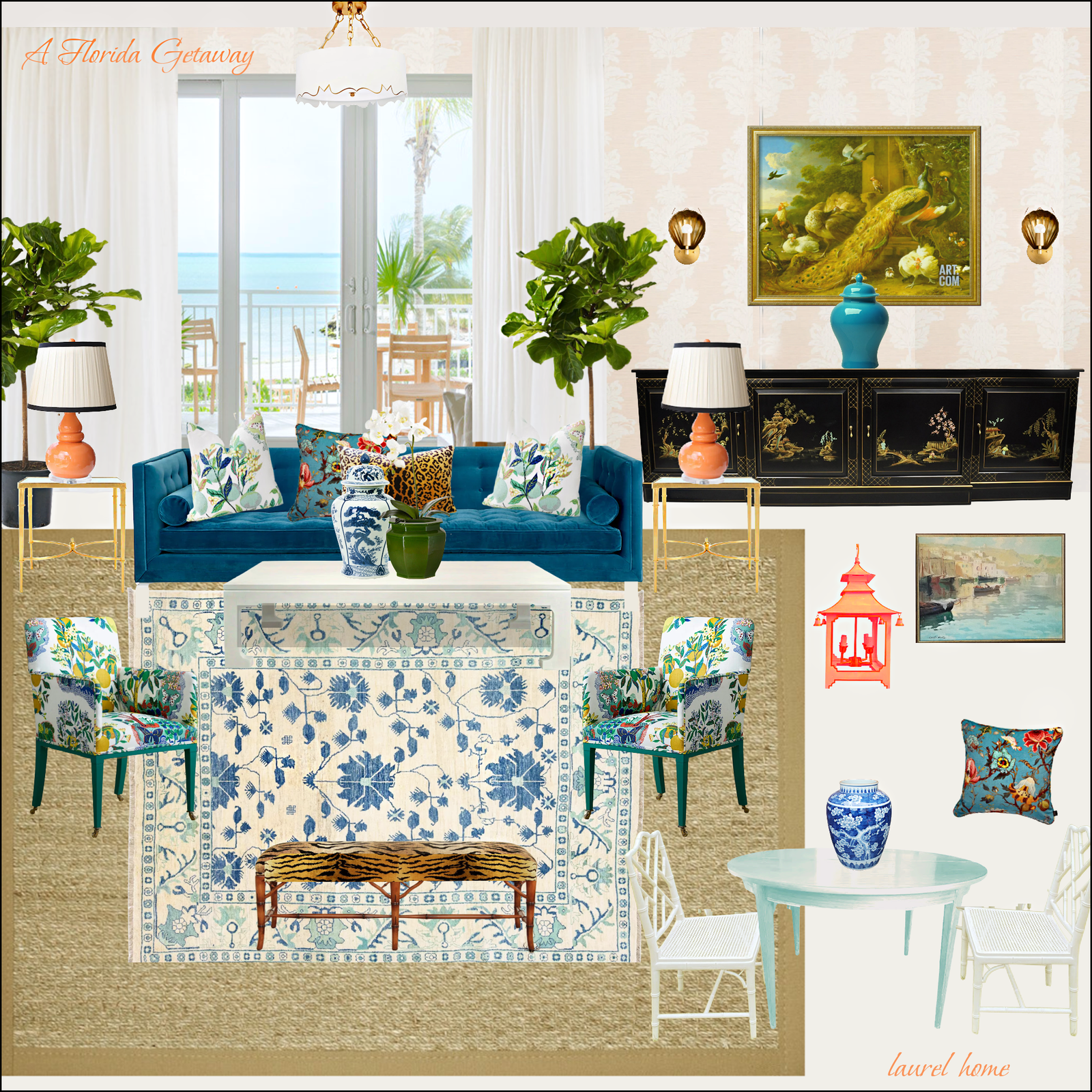
One thought on “Stunning Tricks for Effortless Bigger Spaces”